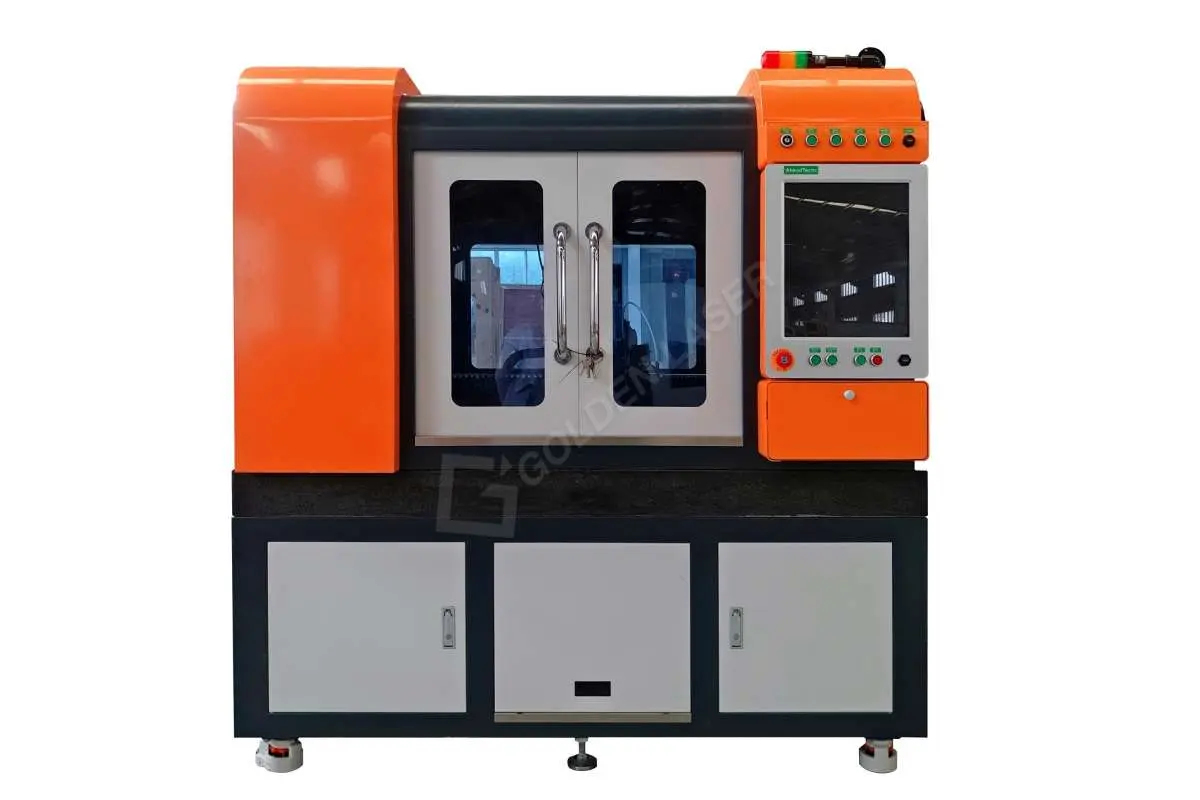****
In the dynamic world of manufacturing and fabrication, efficiency and precision are paramount to staying competitive. Among the various technologies that have revolutionized the industry, the Laser Metal Cutter stands out for its remarkable ability to deliver intricate cuts with exceptional accuracy. This article explores the workings, advantages, and applications of laser metal cutting, shedding light on why it has become an invaluable tool in contemporary manufacturing processes.
Understanding Laser Metal Cutters
A Laser Metal Cutter utilizes a high-powered laser beam to cut through metal materials. The process involves focusing the laser beam onto a small point on the metal surface, typically using advanced optics. The intense heat generated by the laser melts, burns, or vaporizes the metal, allowing for clean, precise cuts. There are several types of lasers employed in metal cutting, including fiber lasers, CO2 lasers, and Nd:YAG lasers, each offering unique benefits depending on the material and thickness being processed.
Advantages of Laser Metal Cutting

Exploring the Versatility and Precision of Laser Metal Cutters in Modern Manufacturing Applications
1. **Precision and Accuracy**: One of the most significant advantages of laser cutting technology is its unmatched precision. Unlike traditional cutting methods that can produce burrs and require additional finishing processes, laser cutters deliver clean edges without the need for secondary operations. This level of accuracy is critical when working with complex designs and specifications.

Exploring the Versatility and Precision of Laser Metal Cutters in Modern Manufacturing Applications
2. **Versatility**: Laser metal cutters are capable of handling a wide range of materials, including aluminum, steel, stainless steel, brass, and copper. They can cut through materials of varying thicknesses, making them ideal for diverse manufacturing applications, from automotive to aerospace components.
3. **Reduced Material Waste**: Laser cutting produces minimal scrap when compared to other metal cutting methods. The precise nature of the cuts allows manufacturers to optimize material usage, lowering costs and promoting sustainability in production processes.
4. **Speed**: Laser cutting is faster than traditional methods, largely due to the high speed at which the laser beam can move across the material. This enhanced speed ensures quicker turnaround times for projects, allowing manufacturers to meet tight deadlines and increasing overall productivity.
5. **Automation and Integration**: Modern laser metal cutters often come equipped with computer numerical control (CNC) capabilities, allowing for automated cutting processes. This technology can be integrated with design software, enabling seamless transitions from design to production and reducing the likelihood of human error.
Applications of Laser Metal Cutters
The applications of laser metal cutters are wide-ranging and multifaceted. Here are some prominent areas where this technology is applied:
1. **Automotive Industry**: In the automotive sector, laser cutting is used to manufacture parts such as chassis components, body panels, and brackets. Its ability to produce precise cuts and complex shapes is crucial in reducing vehicle weight and improving fuel efficiency.
2. **Aerospace**: The aerospace industry demands exceptional precision due to safety regulations and performance standards. Laser metal cutting is employed for fabricating critical components like engine parts and structural elements, where any imperfection could have dire consequences.

Exploring the Versatility and Precision of Laser Metal Cutters in Modern Manufacturing Applications
3. **Architectural Designs**: Laser cutters are also utilized in the architectural field for creating intricate metal facades, railings, and decorative features. Their ability to execute detailed designs enhances the aesthetic appeal of buildings and structures.
4. **Electronics Manufacturing**: The electronics sector relies on laser cutting for producing components like heat sinks and circuit boards. The technology enables the production of finely detailed parts that traditional methods may struggle to achieve.
5. **Art and Sculpture**: Beyond industrial applications, artists and sculptors are harnessing laser cutting technology to create intricate metal art. The precision of laser cutters allows for designs that are both complex and beautifully executed.
Conclusion
The advent of Laser Metal Cutters has undeniably transformed the landscape of manufacturing. Its precision, versatility, and efficiency have made it a preferred choice for industries ranging from automotive to aerospace, electronics, and beyond. As technology continues to advance, we can expect further innovations in laser cutting applications, enhancing the capabilities and creativity of manufacturers, artists, and engineers alike. With sustainability and efficiency as core principles in modern manufacturing, the role of laser metal cutters is poised to grow, solidifying their place as a cornerstone of contemporary fabrication. Cutting Machine 6m Length



